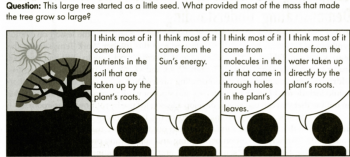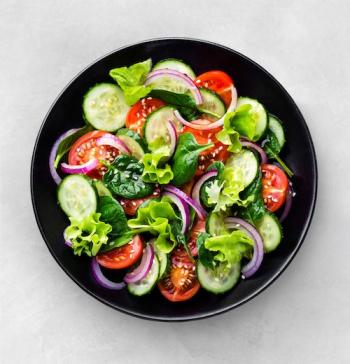Serendip is an independent site partnering with faculty at multiple colleges and universities around the world. Happy exploring!
education

Brain, Education, and Inquiry - Fall, 2010: Session 14D

Brain, Education, and Inquiry - Fall, 2010: Session 14B
Session 14C
Facilitated by epeck, LizJ, bennett
Stereotypes and Stereotype Threat
Your continuing thoughts about this and its relation to the classroom in the forum below ....

Brain, Education, and Inquiry - Fall, 2010: Session 14C
Session 14C
Facilitated by jessicarizzo
Alternative Classrooms

Brain, Education, and Inquiry - Fall, 2010: Session 14A
Session 14A
Facilitated by Abby EM
Carol Dweck's Mindsets and Consequences for Educators

Brain, Education, and Inquiry - Fall, 2010: Session 11B
Session 13B
Facilitated by Evren
Athletics, Music, and Education
What role does repetition/practice play in the development of athletic, musical, dance skill/ability?


 This analysis and discussion activity helps students to understand the relationships between food, physical activity, cellular respiration, and changes in body weight. Analysis of a representative scenario helps students to understand how challenging it is to prevent weight gain by exercising to offset what seems to be a relatively modest lunch.
This analysis and discussion activity helps students to understand the relationships between food, physical activity, cellular respiration, and changes in body weight. Analysis of a representative scenario helps students to understand how challenging it is to prevent weight gain by exercising to offset what seems to be a relatively modest lunch.


